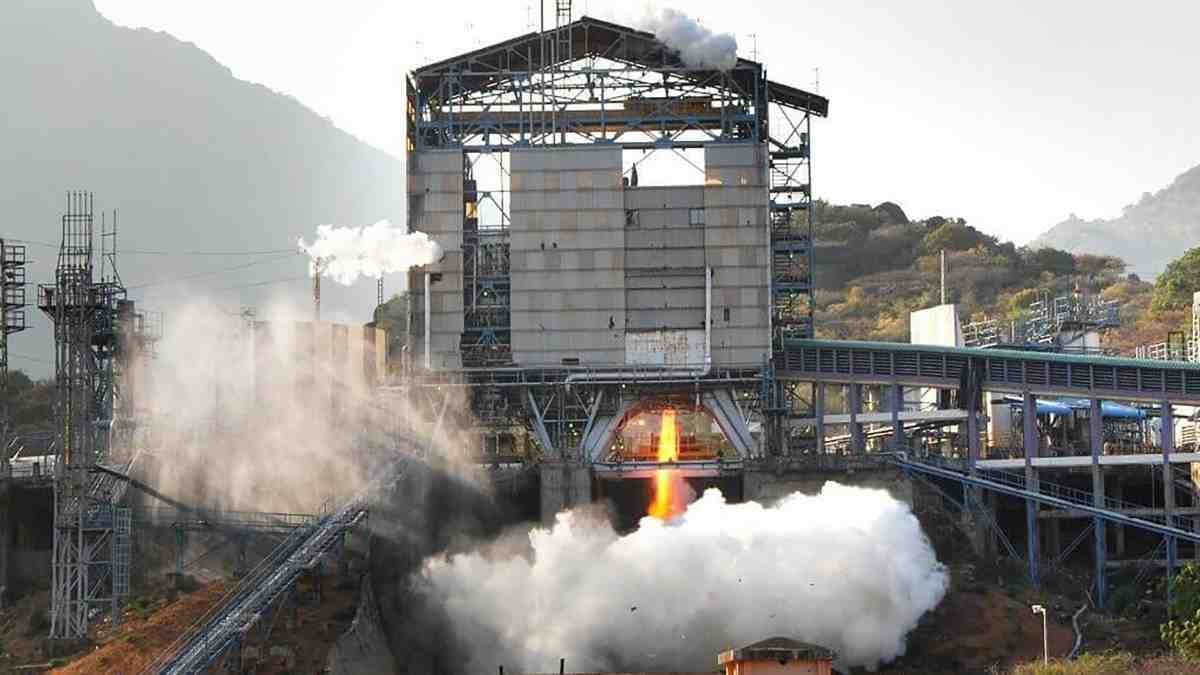Table of contents
Browse categories
Browse authors
 AB
ABAlberto Boffi
 AL
ALAlessia Longo
 AH
AHAl Hoge
 AB
ABAljaž Blažun
 BJ
BJBernard Jerman
 BČ
BČBojan Čontala
 CF
CFCarsten Frederiksen
 CS
CSCarsten Stjernfelt
 DC
DCDaniel Colmenares
 DF
DFDino Florjančič
 EB
EBEmanuele Burgognoni
 EK
EKEva Kalšek
 FB
FBFranck Beranger
 GR
GRGabriele Ribichini
Glacier Chen
 GS
GSGrant Maloy Smith
 HB
HBHelmut Behmüller
 IB
IBIza Burnik
 JO
JOJaka Ogorevc
 JR
JRJake Rosenthal
 JS
JSJernej Sirk
 JM
JMJohn Miller
 KM
KMKarla Yera Morales
 KD
KDKayla Day
 KS
KSKonrad Schweiger
Leslie Wang
 LS
LSLoïc Siret
 LJ
LJLuka Jerman
 MB
MBMarco Behmer
 MR
MRMarco Ribichini
 ML
MLMatic Lebar
 MS
MSMatjaž Strniša
 ME
MEMatthew Engquist
 ME
MEMichael Elmerick
 NP
NPNicolas Phan
 OM
OMOwen Maginity
 PF
PFPatrick Fu
 PR
PRPrimož Rome
 RM
RMRok Mesar
 RS
RSRupert Schwarz
 SA
SASamuele Ardizio
 SK
SKSimon Kodrič
 SG
SGSøren Linnet Gjelstrup
 TH
THThorsten Hartleb
 TV
TVTirin Varghese
 UK
UKUrban Kuhar
Valentino Pagliara
 VS
VSVid Selič
 WK
WKWill Kooiker
Large Scale Aerospace Structural Testing for Indian Space Research Organization

Carsten Frederiksen && Shaji G. (director, Innovative Solution)
Indian Space Research Organization (ISRO)
February 6, 2023
The evidently largest data acquisition test facility in the Indian aerospace industry is a massive Dewesoft 2264 channel integrated Signal Conditioning and Data Acquisition System.
The DAQ system is engineered for the Structural Test Facility, the first of its kind under the Indian Space Research Organization’s Propulsion Research Complex at Mahendragiri, Tamil Nadu, India. Innovative Solution proposed Dewesoft solution, which is primarily planned to be used for the static and dynamic structural testing of launch vehicle domes, and for internal payload stabilizing mount fixtures.

Scope of the project
ISRO Propulsion Complex (IPRC) has been entrusted with the task of configuring a data acquisition facility for performing tests to ensure the structural integrity of various subsystems of the launch vehicle. To meet this mandate, a Structural Test Facility (STF) was established.
The state-of-the-art instrumentation focusing on integrated signal conditioning and dynamic data acquisition is proposed for acquiring critical parameters like:
strain,
temperature,
pressure,
displacement,
Voltage,
etc.
The Cable Terminal Room (CTR) located nearly 400 m away from the Control room houses the conditioning modules whereas the control room is equipped with servers, display nodes, etc.
The first main scope of the system is to simulate and map the reliability of influencing parameters during flight stabilization. The second scope is the general structural integrity through crucial ambient disparities during stage separation phases or during the orbital dynamic adjustments using auxiliary thrusters.
The strategic parameters from the specimen under test to be acquired include the:
deformation scale with respect to the designed FEA model,
thermal resistance for chamber fuse reliability monitoring,
operational pressure stabilization in propellant lines, and
the critical axial displacement at designated locations.
The acquired parameters are in real-time directed to control systems through the synchronized digital outputs available as a part of this IDAS. The acquired main and redundant data is transferred through separate OFC links to the servers in the remote-control rooms.
The critical system features include the dynamic sampling rate set for input channels based on the type of sensor. So, the factors of data throughput and transfer rate had to be carefully calculated to choose the right interface methods and hardware handling the communication.
Since all the tests carried out will be of large scale and resource expensive, it is very crucial to ensure no data discrepancies or loss be encountered in the transferred data to the Server and Control Rooms.
Data storage planning is an important factor considering the huge number of analog channels, the high sampling rate, and the nodes where the data is stored. As per the data critical standards specified by the institution, the acquired data has to be stored in several locations:
in each R8rt data acquisition and control system locally,
on the local configuration system in the CTR,
transferred over a network to be stored in the main and redundant servers,
and in the client display nodes where the archived data should be readily available for data retrieval and post-processing.
Database management includes engineering unit conversion, configuration with proper channel descriptions, tags, and scaling/parameter constants for conversion.
Online and offline data processing
The graphical and numerical data display method in the online mode had to be highly customizable like user-defined data updates, triggering actions based on a timing event, the custom colour of data, overload indication, etc.
The post-processing of the acquired data is also performed in the connected node systems. The main post-processing analysis includes:
Power spectral analysis on the stress plots.
3D contour plots for frequency reference curve extraction.
Combining multiple data trials for comparison.
Generation of cumulative test reports.
In addition to that, ISRO also had codes to process the selected parameters to the ambient conditions.
The tests were planned to be run for a longer duration. The system health parameters like memory usage, system temperature, multi-core CPU load, storage, etc. had to be continuously monitored and alarmed in case of critical conditions demanding less human intervention.
The extensive error diagnostics and warning systems in Dewesoft have also proven very helpful for proper data management during acquisition. Furthermore, the display nodes are linked to shared network printers to automatically generate reports once done with the acquisition and post-processing.
The scale of the project
The complete system is mainly distributed into three major stations:
Cable Terminal Room,
Control Room 1, and
Control Room 2.
The Cable Terminal Room (CTR) contains all the data acquisition systems configured. The configuration is as follows:
1888 Channels in 15x R8rt racks
376 Channels in 4x IOLITEr racks.
In addition, the CTR contains a configuration system and network switches for routing the main & redundant data to the control rooms.
The data link between the CTR and control rooms is extended through OFC Cabling for 400 meters. The control room is where the main and redundant server units are installed and further distributed to the multiple other systems designated as Display Nodes.
More than 12 kilometres (7.46 miles) of cables were routed from the sensors through multiple 96-core high-temperature resistant PTFE braided cables to the instrumentation racks in the cable termination room where the data acquisition systems are housed.
The ground connections were provided separately and terminated using ISRO Standard 108-Pin Weidmüller Connectors. Then, the cables are dressed inside the rack and extended as required to connect to the respective channels in the R8rt & IOLITE data acquisition system.
System interfaces
Main networking through GigE
All the individual system elements have a dedicated controller. The collective data from all the R8rt & IOLITE data acquisition systems are channelled to a single configuration system (Node 1 Master) through a multi-layered managed network switchM situated at the CTR for consolidated visualization/storage of all the data.
This main data stream is extended to Control Room 1 & 2 on optical-fiber cable (OFC) through another multi-layered managed network switchM for reliable communication. The data is then routed to be stored/viewed in the ServerM and five Client Nodes located in Control Room 2 and three Client Nodes located at Control Room 1.
Redundant networking through GigE
All the individual system elements have a dedicated controller. The collective data from all the R8rt & IOLITE data acquisition systems are channelled to a single configuration system (Node 1 Master) through a multi-layered managed network switchR situated at the CTR for consolidated visualization/storage of all the data.
This redundant data stream is extended to Control Room 1 & 2 on OFC through another multi-layered managed network switchR for reliable communication. The data is then routed to be stored/viewed in the ServerR and five Client Nodes located in Control Room 2 and three Client Nodes located in Control Room 1.
Synchronization
The time synchronization between the data acquisition systems is established with hardware synchronization cables referencing the ISRO standard IRNSS time source. The cabling runs in a daisy chain method interconnecting every data acquisition node ensuring a synchronized time stamping for the stored/displayed data.
EtherCAT® out
In addition to the main and redundant data streams, all the data acquisition nodes are designed to provide a direct EtherCAT output stream. This data stream can be used as a feed to the 3rd-party Programmable Logic Control Systems (PLCs) for feedback monitoring or timed response.
M Related to Main Data Stream
R Related to Redundant Data Stream
The Dewesoft role in the project
We, Innovative Solution and Dewesoft have worked on this particular project technically and commercially for more than three years now, to have finally reaped. A total solution from the concept to commissioning, adhering to the safety/standard norms of ISRO was quite a challenge.
The technical involvement of our engineers extends from the planning to the field implementation and testing. The quantum of work involves the selection of data acquisition hardware, choice of the communication/data cables, design of floor plan, efficient routing & termination planning cable dressing models. The total system was implemented in the field with the flexibility of accessibility and ease of identification and maintenance.
The cables from the sensors on the structure under test are routed to the termination room through different cables considering process critical data, sensor type, wiring configuration, etc. The strain gauges data signals are interfaced with the acquisition units with a quarter bridge 3-wire configuration and a 3x single-core tinned copper wires sized 24AWG, PTFE cables meeting the technical specifications of ISRO and respecting their codes.
Wiring for different voltage signals or different functions was terminated separately on dedicated terminal strips/raceways with colour coding. Separate colour coding is followed for utility power (fan, temperature monitor) and process power (controller, input modules). The cables were properly routed from the cable managers on the top and bottom of every DAS so that it would be easier to identify channel ID for configuration.
The challenge of EMI/EMC was met by our design team, by suitably positioning the key components and electrical power distribution devices within the system cabinet and by using separate raceways. Standard Polyimide cable glands for main input cables were installed as per the code and due care was exercised during its wiring, routing, termination, and ferrule on both sides.
The project was built to the level it has today with the help of multiple service providers from various sectors relevant to the facility’s erection and operation. We are proud to be a part of this strategic mission under the Government of India.
The prompt and constant support rendered by Dewesoft's local offices - Dewesoft Austria and Dewesoft India which enabled the realization of this massive-scale of project successfully is greatly acknowledged.
Future of the project
The commissioned Structural Test Facility is planned to be subjected to extensive testing for a decade from now, that is till the planned upgrade to a then better system.
Dewesoft is also the forerunner for an even bigger facility under construction, planned to operate with more than 15000 data acquisition channels.